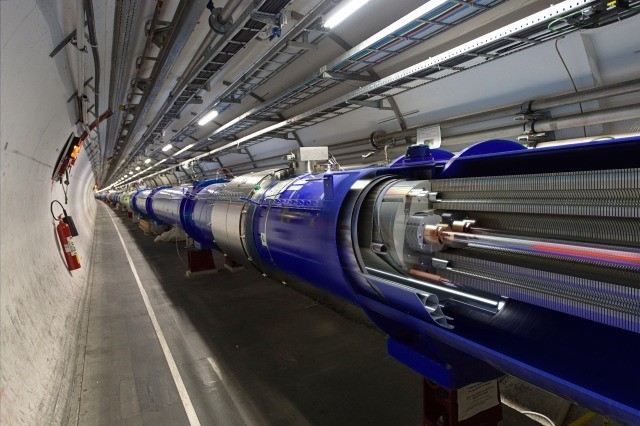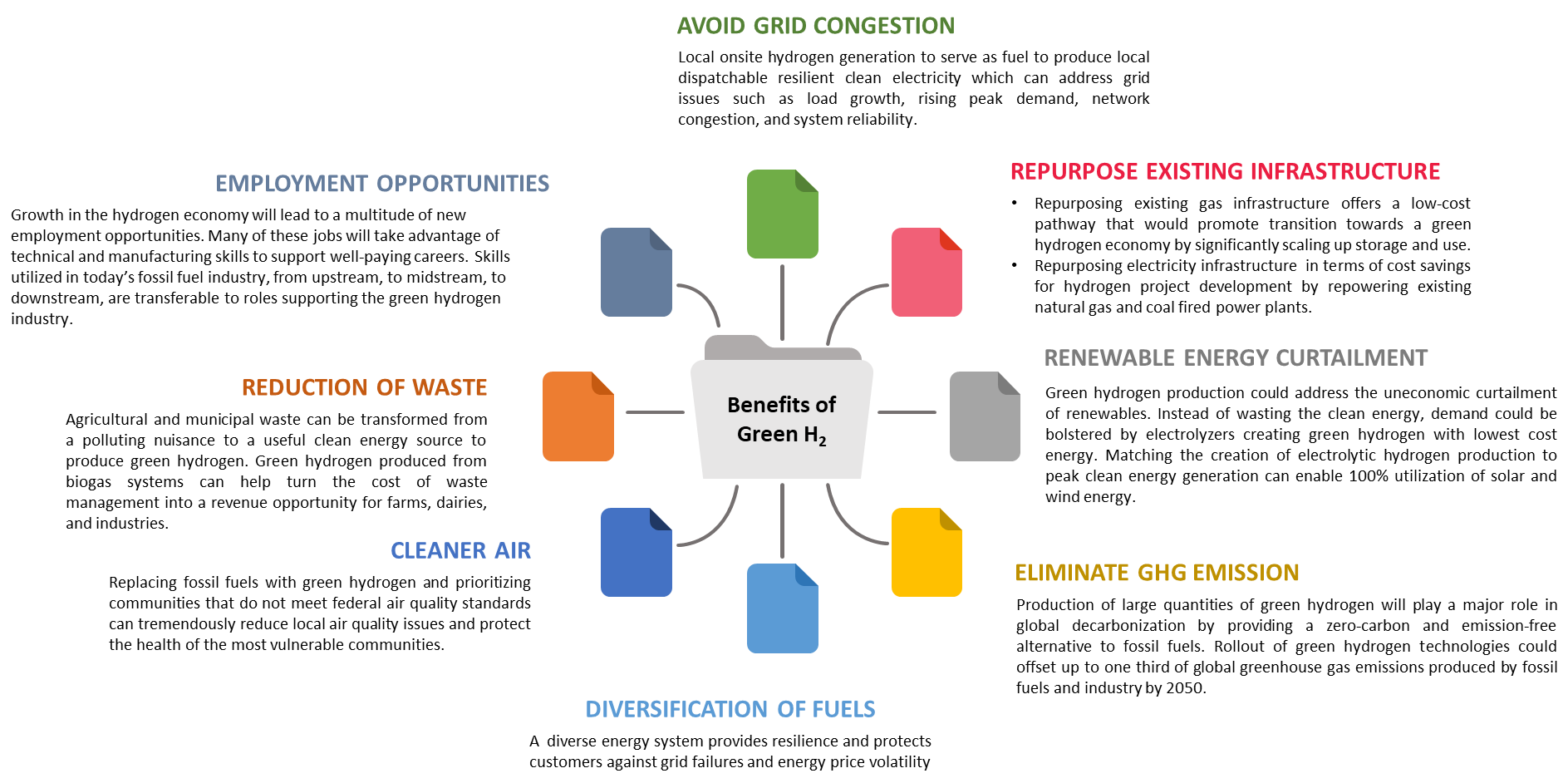Visual art is relies on visual experience. A degree in Visual Arts can lead us to a many-sided career and life as an artist. Throughout this study, we will be exposed in art history, theory and criticism alongside intensive studio practices and experiences in drawing, painting, sculpture, print media, photography and multimedia art. We can exhibit our art work in group or solo exhibitions in galleries as professional artists. Visual arts include painting, drawing, sculpture, photography, architecture, design, crafts, films etc. It also includes applied arts such as industrial design, graphic design, interior design, fashion design etc.
Visual Arts can lead to many career options like Freelance Artist, Art Teacher, Art Historian, Art Consultant, Architect, Archivist, Art Editor, Art Gallery Director, Art Critic, Art Curator, Cartoonist, Cinematographer, Engraver, Exhibition Designer, Fashion Designer, Gallery Director, Graphic Designer, Illustrator, Interior Designer, Jewelry Designer, Museum Director, Product Designer, Set Designer etc. Today visual effect is a creative professional field for visual artists with many bright prospects. At present day most of the movies are overwhelmingly reliant on visual effects that mean VFX. Big budget franchises depend on highly creative and realistic effects.
Very simply, artists create works of art. Artists employ a variety of methods and materials to communicate a message, thought or feeling, including painting, sculpture, and illustration using oils, acrylics, watercolors, pencils, pastels, clay computers etc. Craft artists make hand-made objects, such as candles, tapestries, quilts, and potteries to be sold or shown. Multimedia artists create images for film, video and other forms of electronic media. Apart from these, artists also can find work with museums, galleries, schools, advertising agencies, magazines, newspapers, and movie studios.
In Graphic Design one artist can work as an Advertising Director, Logo / Branding Designer, Advertisement Designer, Sign Writer, Magazine Layout Designer, Packing Designer, Calendar / Stationary / Wallpaper Designer, Typographer etc. In Museums, one artist can work as a Curator with good knowledge of art and good communication skills. One can get job as Artist Representative with the knowledge of art, business experience (marketing and sales), organizational skills, self-motivation, and sensitivity to working with artists
There is another bright career in Art Gallery to work as a Gallery Director or Curator. Good business and marketing skills, communication and writing skills, fundraising skills, flexibility, diplomacy, ability to motivate others, sensitivity to artists’ needs, experience in exhibition design, curatorial work, sales, and art education can all be useful here.
Art Teacher as a career in Education
With the degree in Fine Arts, one can find his or her career as an art teacher in Education. Art teachers are generally required to have a Bachelor and Master degree in Fine Arts with the following art spheres: ceramics, painting, sculpture, media arts, drawing, photography, printmaking and graphic design.
Art offers us the space to express ourselves. Art education entails teaching students how to express their feelings and thoughts about their world. Art Teachers guide their students to develop their visual communication skills by producing various art forms. Art students may be in public and private schools, museums, summer programs, and other places where visual communication is learned.
Art Education arouses language in visual images. Art Teachers nurture students’ artistic skills at their school level. They also teach after school and summer programs to children, or in an adult education program such as ‘Teachers Training Program’. They can also work in Art museums as education coordinators. Along with being creative and passionate about art, Art Teachers should be able to motivate students to think about the subject critically and to understand students’ educational and emotional needs.
Artist Picasso once said that painting is just another way of keeping a diary. Art Teachers should go beyond painting and guide students to keep their diaries in various art forms. They should spur students to unlock their creativity while expressing their thoughts, feelings and opinions at the same time.











![Figure 1: Annual water requirement of Green Hydrogen production relative to Earth’s water resources. [Source: https://www.sciencedirect.com/science/article/pii/S1464285921006581]](https://s3-ap-south-1.amazonaws.com/ricedigitals3bucket/AUPortalContent/2022/07/20173957/1111.png)

